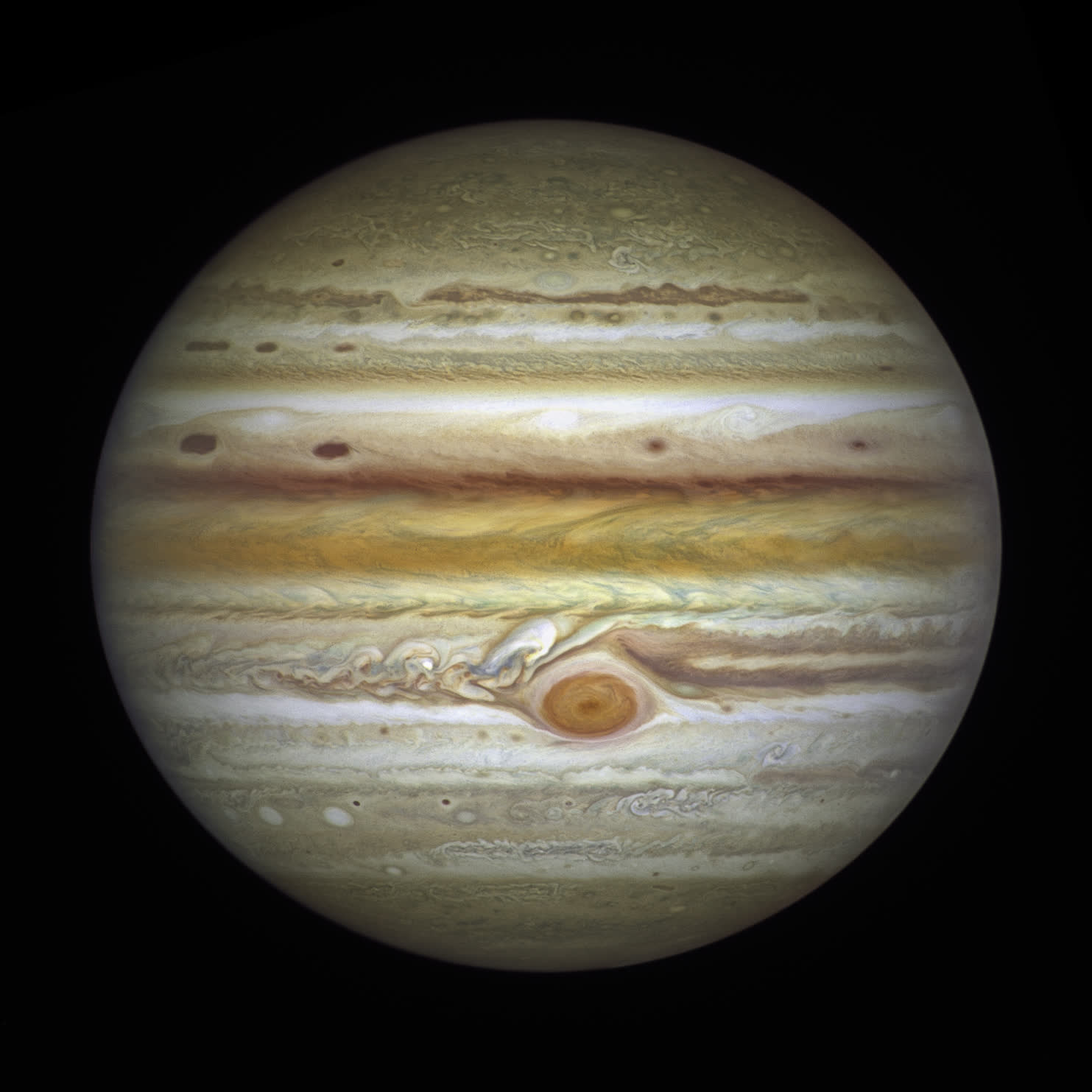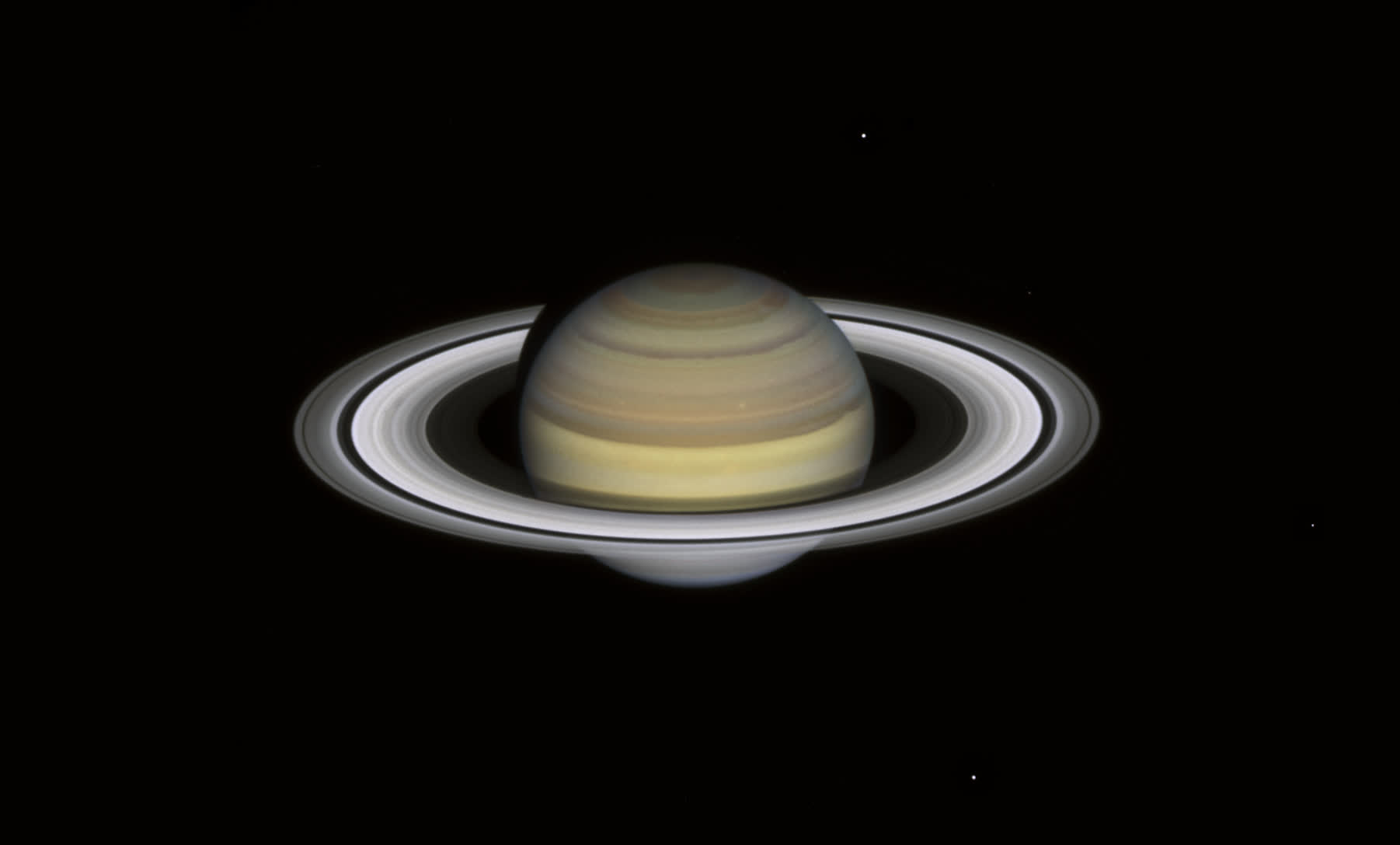What just happened? The venerable Hubble Space Telescope has completed its annual tour of the outer solar system, providing curious onlookers here on Earth with yet another set of stunning images of a group of planets collectively known as the gas giants.

Hubble’s tour, part the Outer Planets Atmospheres Legacy program, or OPAL, starts with Jupiter. This year’s image, captured on September 4, highlights the planet’s tumultuous atmosphere and reveals several new storms taking shape. The planet’s iconic Great Red Spot, however, persists.

Hubble provided a new look at Saturn on September 12. Here, we can see extreme color changes in the bands at the planet’s northern hemisphere which reflect a seasonal shift into autumn. Saturn’s hexagonal storm at the north pole is again clearly evident, but it’s really the rings that have historically fascinated skygazers.
The shot of Uranus was snapped on October 25 and is an excellent example of what the far-away planet looks like as it experiences springtime in the northern hemisphere. The brightening of the polar region is believed to be caused by the increase in ultraviolet radiation absorbed from the Sun.
Hubble’s September 7 photograph of Neptune looks a lot like what Voyager 2 saw in 1989 – that is, a distinct blue color with a single large dark spot. The blue color, NASA notes, is the result of the absorption of red light by the planet’s methane-rich atmosphere combined with the same Rayleigh-scattering process that makes our home planet’s sky blue.
https://www.techspot.com/news/92307-check-out-hubble-annual-tour-outer-solar-system.html